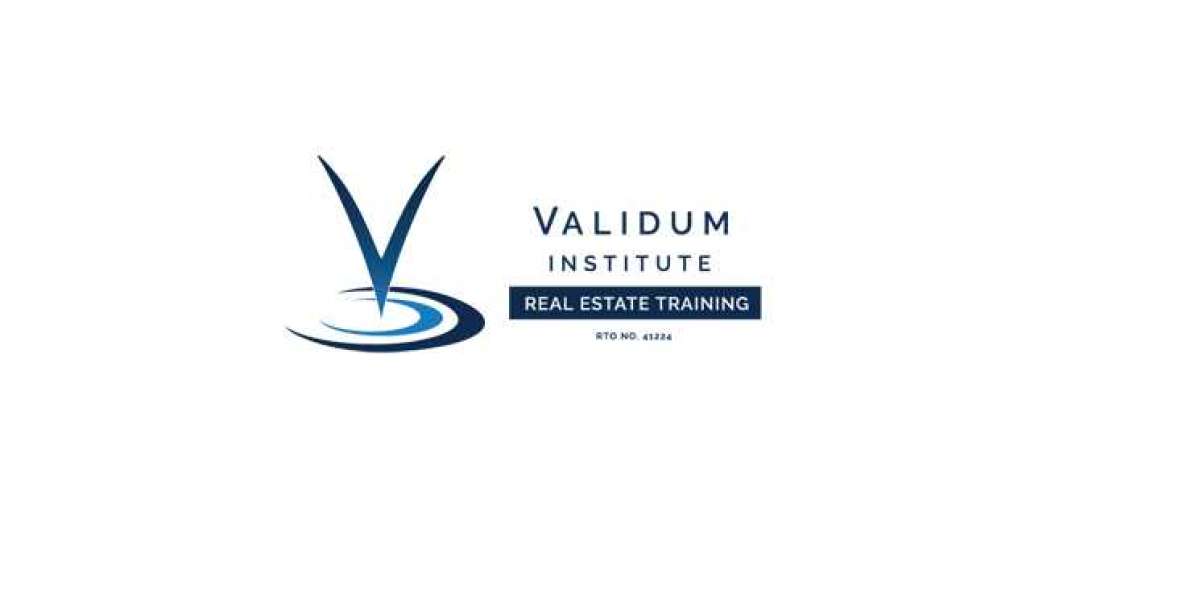Are you dreaming of a a hit profession in the real property industry? If youÕre equipped to take the first step, enrolling in a real estate course is the key. A career in real estate offers great possibilities, monetary rewards, and the hazard to assist humans locate their ideal homes or funding properties. But to begin this journey in Queensland, youÕll want the right qualifications and licensing.
Why You Need a Real Estate Licence in Queensland
In Queensland, running as a actual property agent requires proper education and licensing. A real estate licence qld ensures which you have the knowledge and abilties necessary to offer professional service to customers. With this licence, you could take care of property sales, manipulate rentals, and provide actual property advice legally and confidently.
The Queensland real property licence is your price tag to unlocking a international of opportunities inside the property market. Whether you need to paintings with mounted companies, start your personal enterprise, or explore assets management, this qualification offers you the criminal status and expertise you want.

Choosing the Right Real Estate Course
Enrolling in the proper real estate direction is essential for obtaining your licence. These guides are designed to equip you with industry understanding, realistic talents, and an know-how of queensland real estate licence guidelines and guidelines. YouÕll study assets sales, leasing, appraisals, negotiations, and patron control.
When choosing a path, recollect the following:
- Accreditation: Ensure the course is recognized by using QueenslandÕs regulatory government.
- Flexibility: Look for alternatives like on line learning if you want to balance examine with paintings.
- Support: Choose a direction company that gives steering and mentorship.
- Content: Make certain the curriculum covers all components required for the Queensland real property licence.
Why Brisbane is the Best Place to Study Real Estate
If youÕre primarily based in Brisbane or thinking about relocating for your studies, youÕre creating a superb preference. Real estate courses Brisbane offer pinnacle-notch training with skilled enterprise professionals. BrisbaneÕs dynamic assets marketplace additionally presents real-international publicity and sensible gaining knowledge of opportunities.
By reading in Brisbane, youÕll benefit insights into the neighborhood market, which may be beneficial while you begin your profession. Plus, networking opportunities with industry experts and ability employers are extra handy in a thriving city setting.
Benefits of a Real Estate Career in Queensland
A real estate profession in Queensland comes with numerous benefits:
- High incomes potential: Commissions and bonuses can notably enhance your earnings.
- Flexible paintings surroundings: Enjoy the liberty to manage your agenda.
- Diverse opportunities: Explore roles in income, property management, or business enterprise ownership.
- Personal pleasure: Help people locate their dream houses and make sound investments.

Steps to Get Your Real Estate Licence
- Choose an authorised actual property direction.
- Complete your coursework and tests.
- Apply in your actual estate licence QLD.
- Start your career in QueenslandÕs belongings market.
Getting started might also seem daunting, but with the right schooling and assist, youÕll be nicely in your way to a satisfying and a hit actual estate career.
Conclusion
If youÕre severe approximately a profession in real estate, nowÕs the time to do so. Enrol in a actual estate path, advantage your actual estate licence QLD, and step into the thriving Queensland belongings marketplace. Whether you select to study through real property guides Brisbane or on-line, ensure you pick a route that units you up for achievement





















